Friday’s rare vernal equniox supermoon solar eclipse 2015, from an astronomical and cultural perspective
Yesterday, March 20, was the most amazing day this year. On this day we had change to witness a very rare astronomical event. A new moon “supermoon” total solar eclipse and the spring equinox fell on the same day.
Astronomical Significance of Solar Eclipse 2015
Supermoon
The moon yesterday is called a supermoon because it was at its closest point to the Earth in its orbit (perigee). The distance was only about 357,584 kilometers (222,192 miles) away. But unfortunately, the moon was not visible to the Earth because it was a new moon. Don’t be upset, in 2015 there will be total six supermooons, two already happened, yesterday was third and the rest will be in August, September and October. Supermoon on September 28, will be actually the closest of the year and will merge with lunar eclipse.
Solar Eclipse
Eclipses can only happen at the new moon, when the moon passes in between the Sun and the Earth. This blocks the light from the Sun. On Friday, the moon completely blocked out all of the light from the Sun in few selected places in the Northern Hemisphere. This led to a near totality, or complete darkness, for almost two minutes over Greenland, the Faroe Islands (UK) and Norwegian Islands called Svalbard. The most incredible part of the solar eclipse 2015, when the moon was directly in front of the Sun, took place around 9.46 pm UT.
Some northern countries like Ireland, Scotland, Finland, Norway and Sweden saw at least 90 percent of the solar eclipse 2015 and in the mid-European countries, it was everywhere between 50 to 80 percent.
Vernal Equinox
This solar eclipse 2015 falls on the vernal equinox in the Northern Hemisphere, marking a transition in the Earth’s journey around Sun. At each equinox, the Sun passes the Equator on the Earth, making it directly overhead at noon. In Latin, vernal means spring and equinox is equal night. This means that we get about the same hours for daylight as we do for darkness. Obviously it depends on where in Europe you are located. In the Northern Hemisphere the number of hours of daylight increases, and in Southern Hemisphere this is called autumnal equinox. This means that exact opposite thing happened on the Southern Hemisphere.
A solar eclipse that happen at the same day as vernal equinox is rare celestial event, when next one will happen in 2034 and after that, the next ones will not happen until 2053 and 2072!
Cultural Significance of Solar Eclipse 2015
The vernal equinox has been celebrated by almost all worlds and cultures. This was the time when rebirth, fertility and new opportunities were celebrated. It has a symbolic meaning. The celebration by the Pagan traditions was known as “Ostara”. On this days, the Pagan usually planted the new spring crop. Between cultures, that vernal equinox played very important role were Mayans, Romans and also Egyptians who celebrated this as a festival of Isis. It is believed, that the celebrations of Pagan fertility holidays are now Passover ceremony in Judaism and the Easter Ceremony in Christianity.
[sc:ad-text]
Many ancient cultures believed that on the day of solar eclipse, the Sun was attacked by mythological creature. In Asia it was dragon, werewolf in Romania and in Latin America jaguar. There are countless amounts of stories of how people had to create as much noise as possible to scare the creature away. In Tahiti, people believed that the Sun was making love with the Moon!
Even now, solar eclipse has still meaning, but it is related to transformation and release. Is is ideal time for meditation and moving forward with life.
Did you miss spectacular solar eclipse 2015? Watch it full below!
[sc:end t=”Everything You Need to Know About Solar Eclipse 2015″]

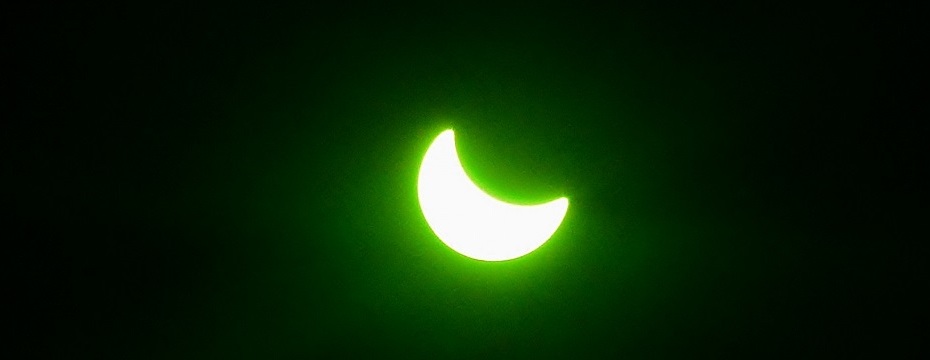
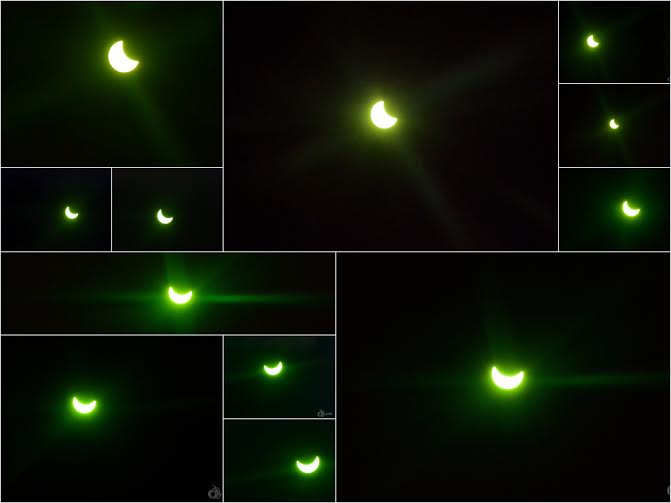
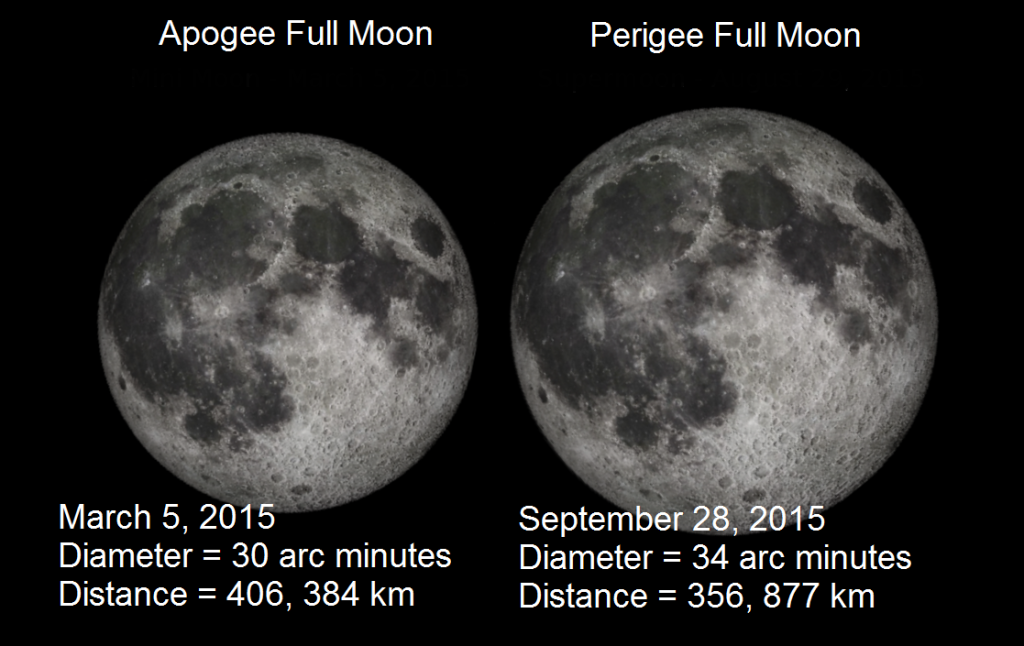
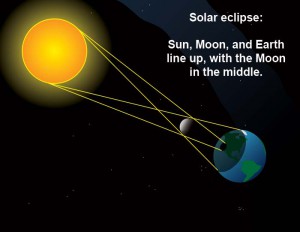
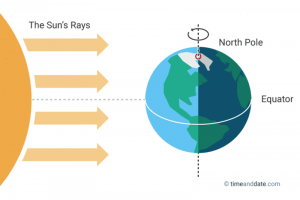

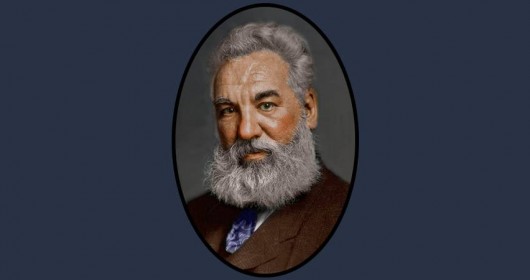
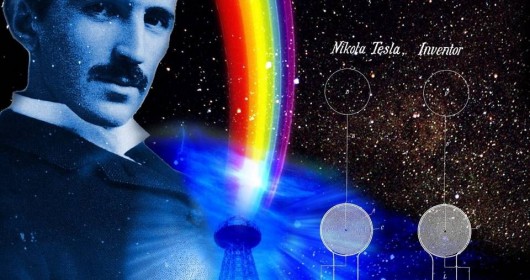
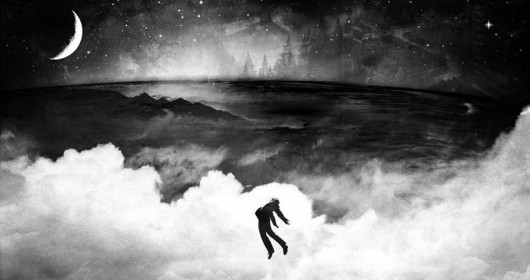

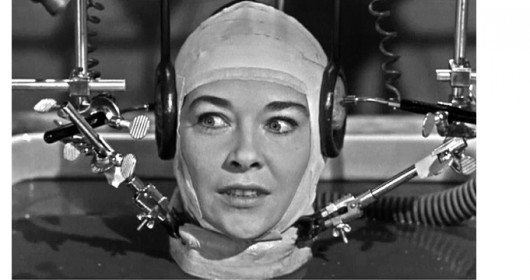
Leave a Reply